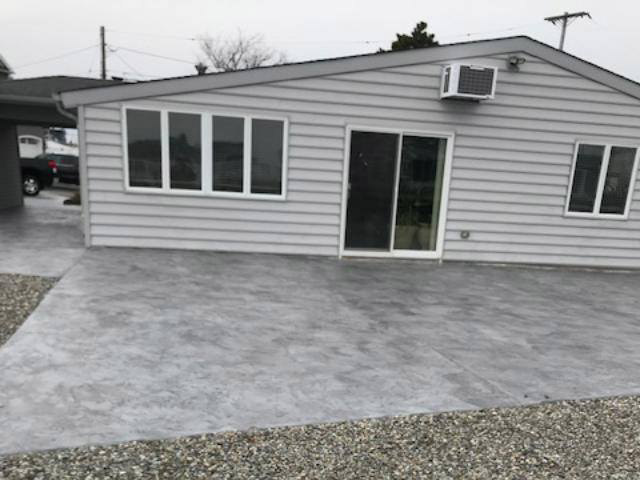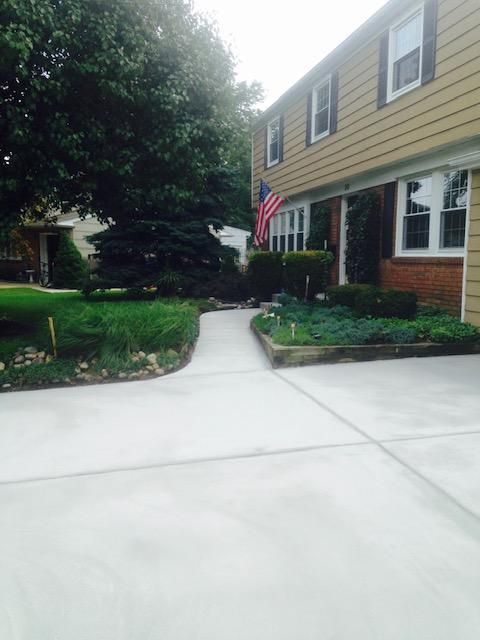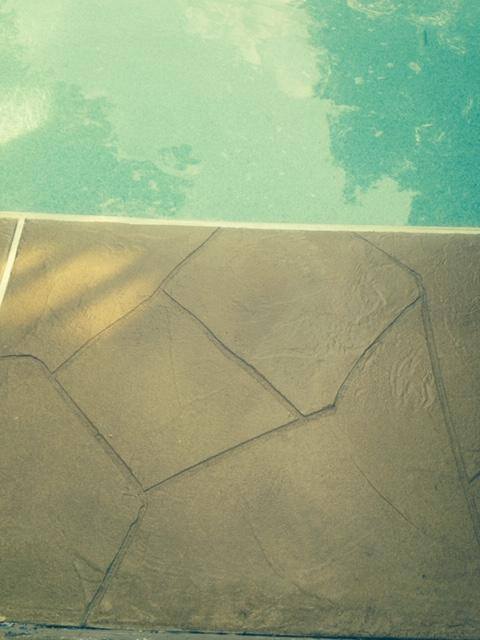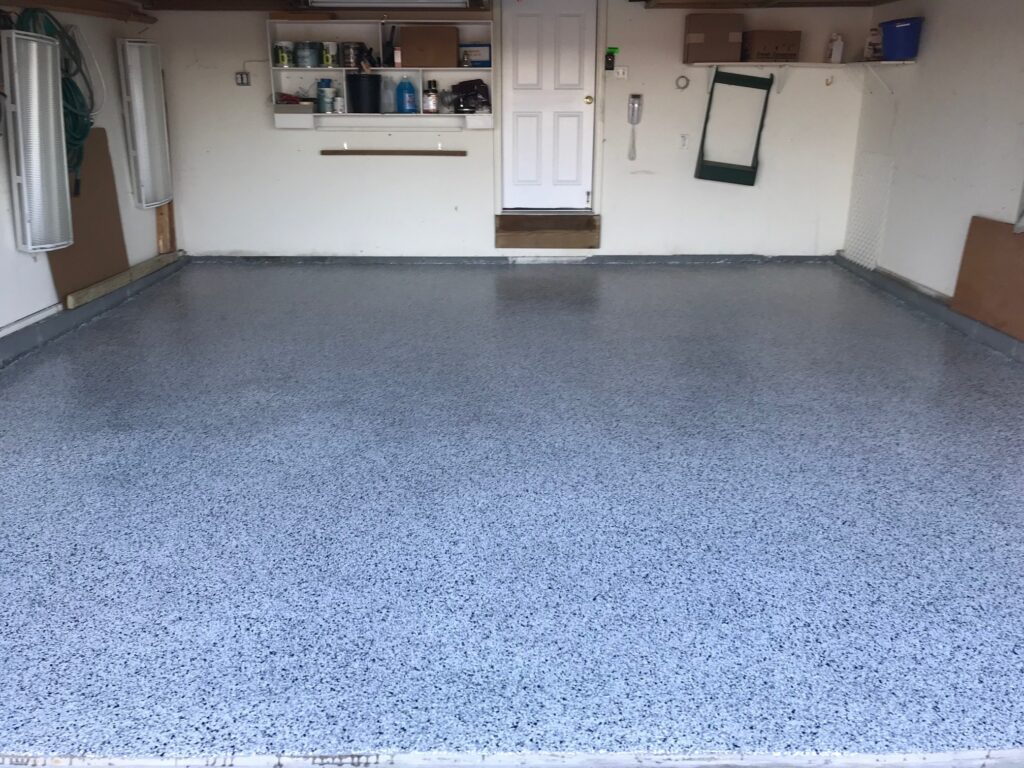
In Ocean County, New Jersey, we’ve observed a significant uptrend in the adoption of epoxy floors across both residential and commercial sectors, largely due to their resilience, ease of maintenance, and the broad spectrum of design possibilities they offer. Among these options, polyaspartic epoxy is fast gaining popularity for garage floors, owing to its myriad benefits over conventional epoxy solutions.
This preference stems from polyaspartic epoxies’ enhanced strength, expedited curing times, superior chemical resistance, and better UV stability. Additionally, they necessitate fewer coats than traditional epoxies, streamlining the installation process while ensuring a long-lasting and aesthetically pleasing finish. The shift towards polyaspartic epoxies underscores their growing appeal among homeowners and businesses seeking efficient and durable epoxy garage floor coatings.
Polyaspartic epoxies are distinguished by their superior strength, faster curing times, enhanced chemical resistance, and improved UV stability compared to traditional epoxy floors, making them an increasingly preferred choice for garage flooring.
Get A Polyaspartic Epoxy Floor In Your Ocean County, NJ Home or Business!
Call 609-618-0305 or Contact Us Now
Polyaspartic Epoxy Floors vs Traditional Epoxies
Traditional epoxies are made up of two components: resin and hardener. The resin and hardener are mixed together in order to create a chemical reaction, which produces the epoxy coating. While traditional epoxies provide a tough finish that can last up to 10 years with proper maintenance, they tend to be more susceptible to chipping, cracking, and yellowing when exposed to UV rays or extreme temperatures. This makes them less suitable for outdoor use as well as commercial applications where there are large numbers of people walking on the epoxy floor coating every day.
Polyaspartic epoxy coatings, on the other hand, offer superior durability because they are composed of three components: resin, hardener, and polyaspartics. The addition of polyaspartics gives the flooring better flexibility and resistance against chipping or cracking due to temperature changes or UV exposure. Additionally, polyaspartic epoxies can be applied quickly compared to traditional ones; this means that installation times are generally shorter than with traditional epoxies.
With Polyaspartic Epoxy Floor Coatings, Most Installations Are Completed In Just One Day!
How Long Does Epoxy Floor Last?
Polyaspartic floor coatings are incredibly durable and long-lasting, often providing more than 15 years of use before the first signs of wear and tear begin to show. Though exact life span depends on many factors, such as foot traffic and home maintenance habits, these floors make a great investment for any property looking for an upgrade that will last longer than traditional flooring.
A polyaspartic garage floor is easy to care for: it can be wiped down with a dry cloth or mop, simply vacuumed, or spot cleaned when needed. With proper upkeep, you can expect your polyaspartic epoxy flooring to outlast other types of floor coverings by many years.
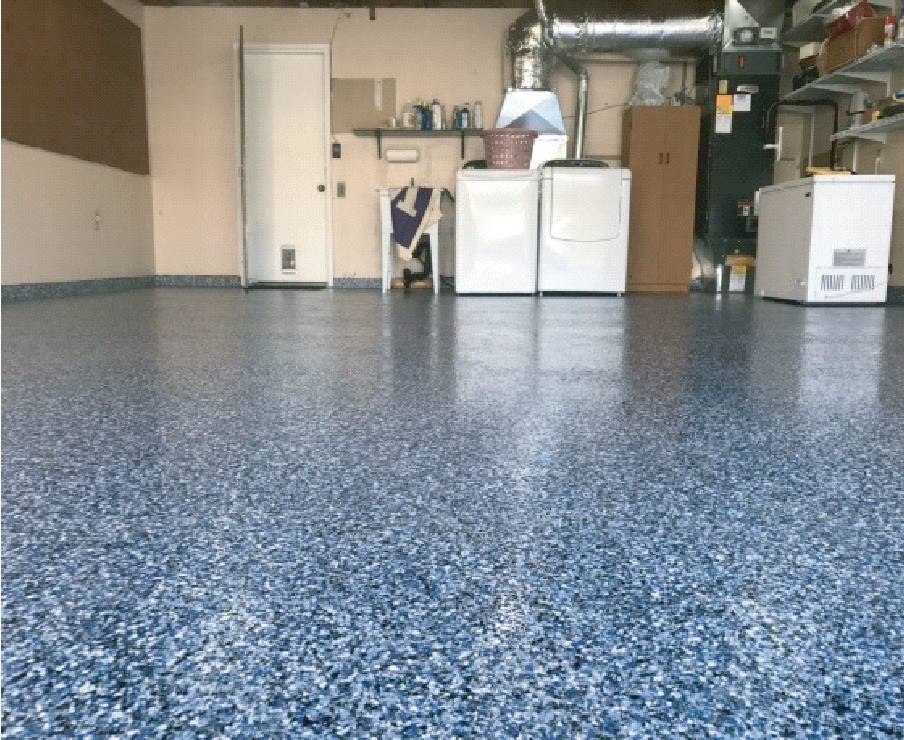
Tips On How To Maintain Polyaspartic Epoxy Floors
Regular Cleaning
The most important part of maintaining your polyaspartic floor coating is regular cleaning. Dust, dirt, and debris can accumulate quickly, so a good vacuuming is essential. A vacuum cleaner with a HEPA filter works best as it will help keep the air clean while removing dirt from the surface of the floor. For tougher stains or spills, use a damp mop with a mild detergent or all-purpose cleaner. Make sure to rinse away any residue left behind after cleaning and dry the garage flooring completely before allowing anyone to walk on it again.
Protective Mats
Using protective mats or rugs near entrances and high-traffic areas can help reduce wear and tear on your polyaspartic floor coatings. These mats will catch dirt and debris on people’s shoes before they walk across the floor, helping to keep it clean for longer periods of time. Be sure to regularly wash these mats or rugs as needed with mild detergent and warm water in order to prevent build up from happening over time.
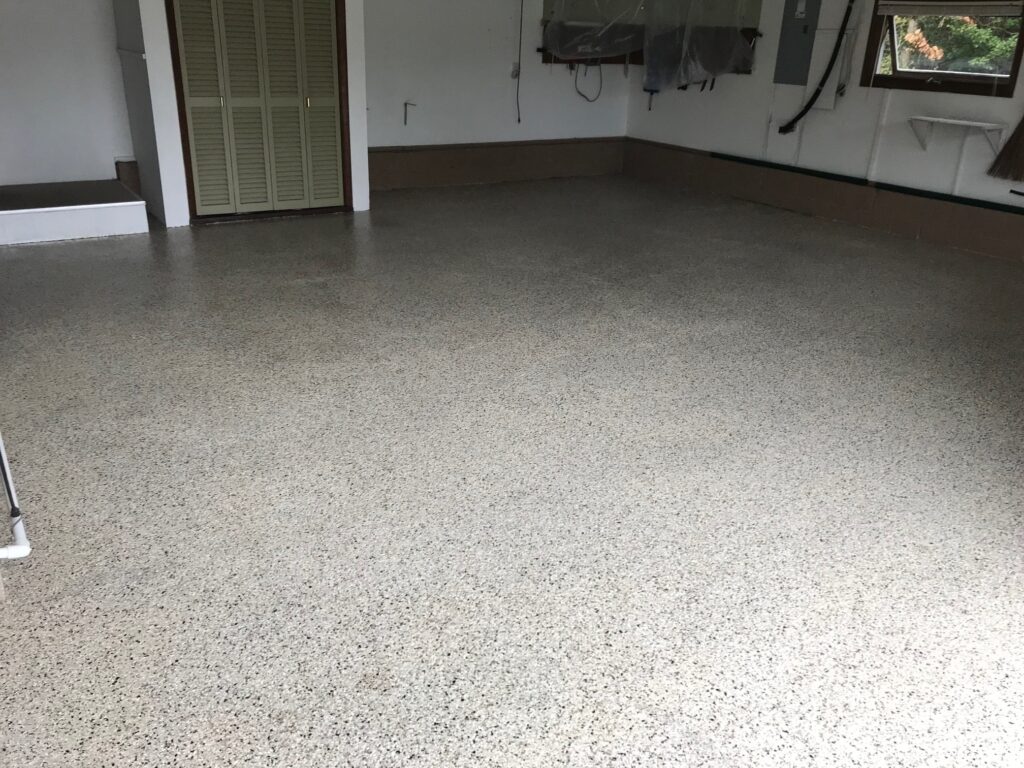
Avoid Abrasive Cleansers
It’s important not to use abrasive cleaners such as steel wool pads or brushes when cleaning your polyaspartic epoxy floors as this could potentially cause scratches and damage the finish of the flooring over time. Stick with soft microfiber cloths or mops instead; these are gentle enough not to scratch but still effective enough to get rid of dirt and grime without leaving marks behind. If you must use an abrasive cleaner, make sure you test it first in an inconspicuous area before using it anywhere else.
How Expensive Are Polyaspartic Epoxy Floors
Polyaspartic epoxy floors can be a worthwhile investment due to their long-lasting beauty and superior durability. Depending on the size of the space and the complexity of installation, most people can expect to pay anywhere from $4 to $11 per square foot for this type of flooring. However, it is important to remember that apart from the initial cost, there are also labor and installation fees involved in the project, which must be taken into account when calculating total costs. All in all, though prices may vary depending on factors such as the company selected or the complexity of the job, polyaspartic epoxy floors are generally quite an affordable option when considering superior quality in comparison with other types of floor coating or tile projects.
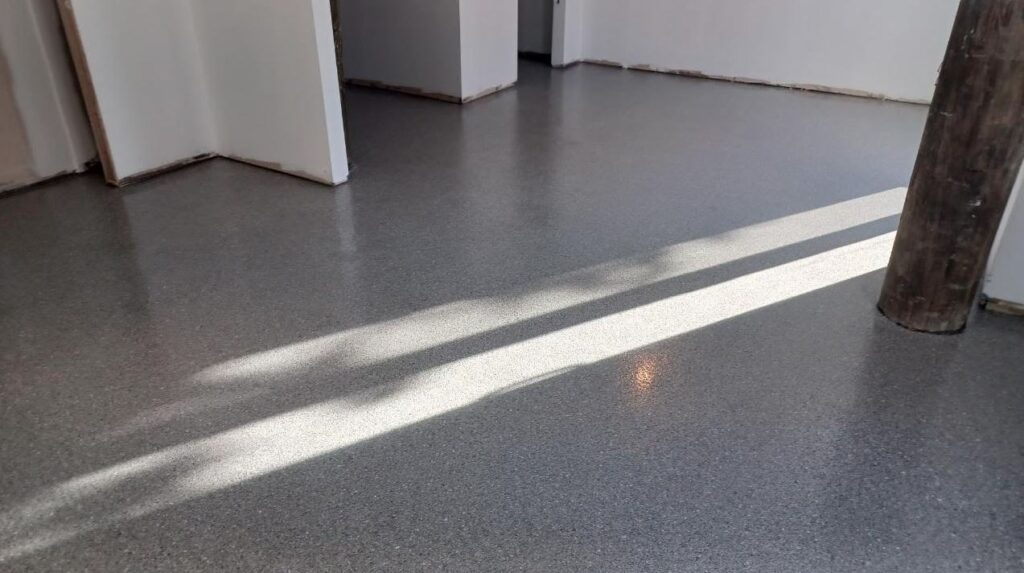
Polyaspartic Floor Coatings For Your NJ Home or Business
Polyaspartic epoxy floors are a great investment for any property looking to upgrade their flooring. Not only do they offer superior durability and wear resistance compared to traditional epoxies, but they also require very little maintenance once installed. Additionally, with proper upkeep these floors can last more than 15 years before the first signs of wear begin to show. And while there may be some initial cost involved in labor and installation fees depending on factors such as size and complexity, overall polyaspartic epoxy is an affordable option when considering quality over other types of floor coating or tile projects. With all this in mind, it’s easy to see why more people are turning towards polyaspartic epoxy floors when upgrading their properties!
Frequently Asked Questions
Q: Where is the best place in my home to install a polyaspartic floor coating?
Polyaspartic coatings are perfect for concrete surfaces such as a garage floor because they have very low permeability which prevents the entrance of water into the substrate, this in turn protects the floor from damage caused by freeze/thaw cycles due to moisture entering into cracks or pores.

